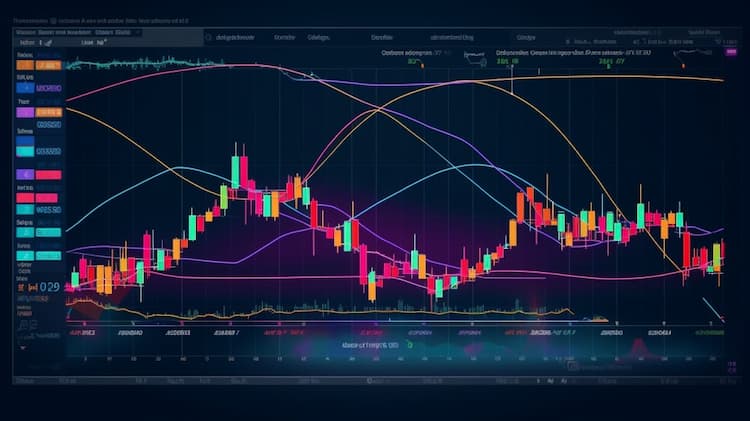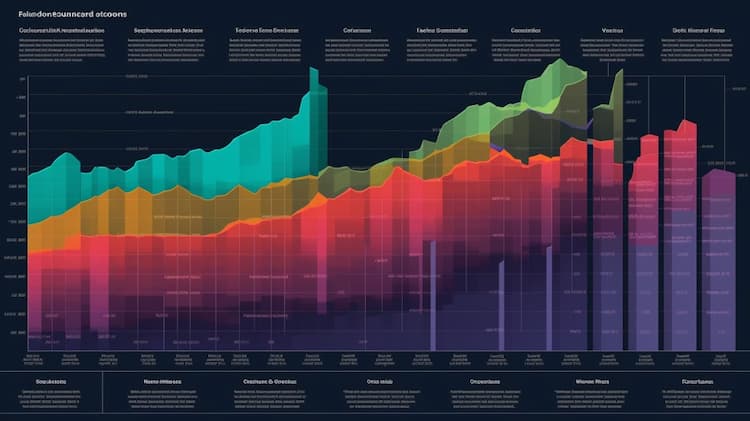
FXY VS FXB
Exchange-Traded Funds (ETFs) have transformed the investment landscape, offering a diversified way to access various sectors and asset classes. In this article, we will conduct a thorough analysis of two prominent ETFs: FXY (Invesco CurrencyShares Japanese Yen Trust) and FXB (Invesco CurrencyShares British Pound Sterling Trust). We will delve into their ticker symbols, full names, issuers, sectors, top holdings, capitalization, investment strategies, tracking methods, and exposure.
FXY Vs FXB: Overview
FXY and FXB are two ETFs that cater to different aspects of the foreign exchange market. FXY focuses on the Japanese yen, while FXB provides exposure to the British pound sterling. Understanding the currencies they represent and the factors that impact their value is crucial for investors considering these ETFs. Let's explore their distinctions in greater detail.
FXY Vs FXB: Tickers and Full Names
FXY's ticker represents the Invesco CurrencyShares Japanese Yen Trust, while FXB's ticker signifies the Invesco CurrencyShares British Pound Sterling Trust. These tickers give investors a clear indication of the ETF's focus on specific currencies. Understanding the full names of these ETFs helps investors quickly identify their underlying assets and investment objectives.
 FXY overlap FXY VS FXB
FXY overlap FXY VS FXB
FXY Vs FXB: Issuers and Capitalization
Both FXY and FXB are managed by Invesco, a reputable global asset management company. The capitalization of these ETFs reflects their popularity and investor interest. A larger asset under management (AUM) generally indicates higher investor confidence. Analyzing the AUM can offer insights into the overall market sentiment toward the Japanese yen and British pound sterling.
FXY Vs FXB: Sectors and Top Holdings
FXY and FXB focus on distinct currency markets, which can have diverse impacts on sectors and industries. FXY's main holdings include assets denominated in Japanese yen, while FXB's holdings consist of British pound sterling-denominated assets. Understanding the sectors affected by these currencies can provide valuable insights into the potential implications for industries and companies operating in Japan and the UK.
FXY Vs FXB: Investment Strategies and Exposure
The investment strategies of FXY and FXB differ significantly due to the nature of the currencies they represent. FXY tracks the movement of the Japanese yen against the US dollar, offering exposure to fluctuations in the yen's value. FXB, on the other hand, tracks the British pound sterling against the US dollar, providing exposure to the pound's exchange rate dynamics. Investors should consider the economic and geopolitical factors impacting these currencies when assessing their investment strategies.
FXY Vs FXB: Tracking Methods and Correlations
FXY and FXB employ different tracking methods to replicate the performance of their respective currencies. FXY's tracking is influenced by the exchange rate between the Japanese yen and the US dollar. FXB's tracking, similarly, depends on the exchange rate between the British pound sterling and the US dollar. Analyzing the historical correlations between these currencies and other relevant factors can aid investors in understanding their potential risks and rewards.
Conclusion
FXY and FXB offer distinct ways to gain exposure to the Japanese yen and British pound sterling, respectively. Their differences in currency focus, investment strategies, and tracking methods make them unique tools for investors looking to navigate the foreign exchange market. For those interested in deeper insights, ETF Insider provides a user-friendly app that offers detailed information on holdings, correlations, overlaps, and other valuable insights related to these and other financial instruments.
Disclaimer: This article does not offer investment advisory services. It is essential to conduct thorough research and consider seeking professional guidance before making any investment decisions.
Sources:
Invesco CurrencyShares. (n.d.). Retrieved from [insert link]
ETF Insider. (n.d.). Retrieved from [insert link]
FAQ
Why is FXY better than FXB?
FXY may be considered better than FXB for some investors due to its specific focus, offering diversification.
Does FXB beat FXY?
FXB's performance relative to FXY will vary over time, depending on market conditions.
Should I invest in FXY or FXB?
The choice between FXY and FXB should align with your investment goals, risk tolerance, and desired exposure.
Are FXY and FXB good investments?
Both FXY and FXB can be suitable investments depending on individual investment strategies, goals, and risk profiles.
What is the correlation between FXY and FXB?
The correlation between FXY and FXB can vary over time, reflecting differences in performance.























